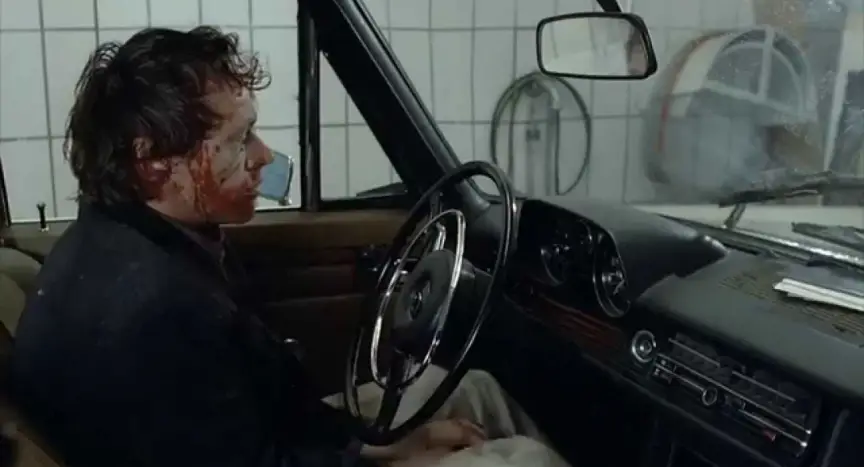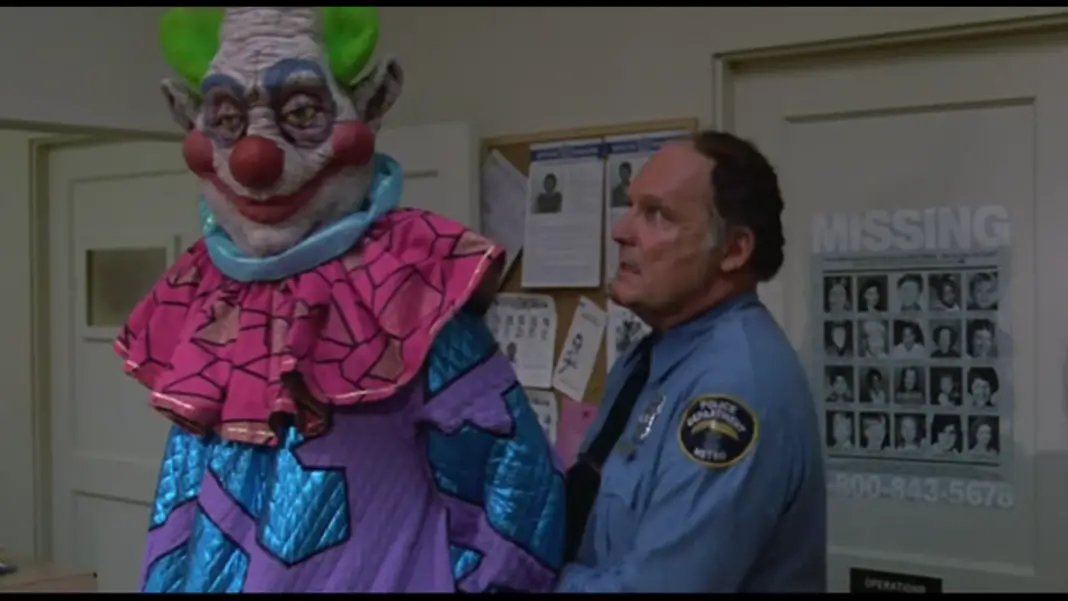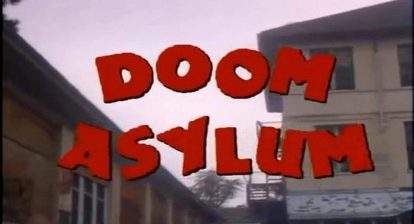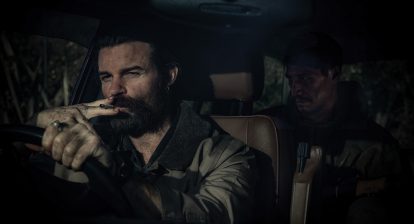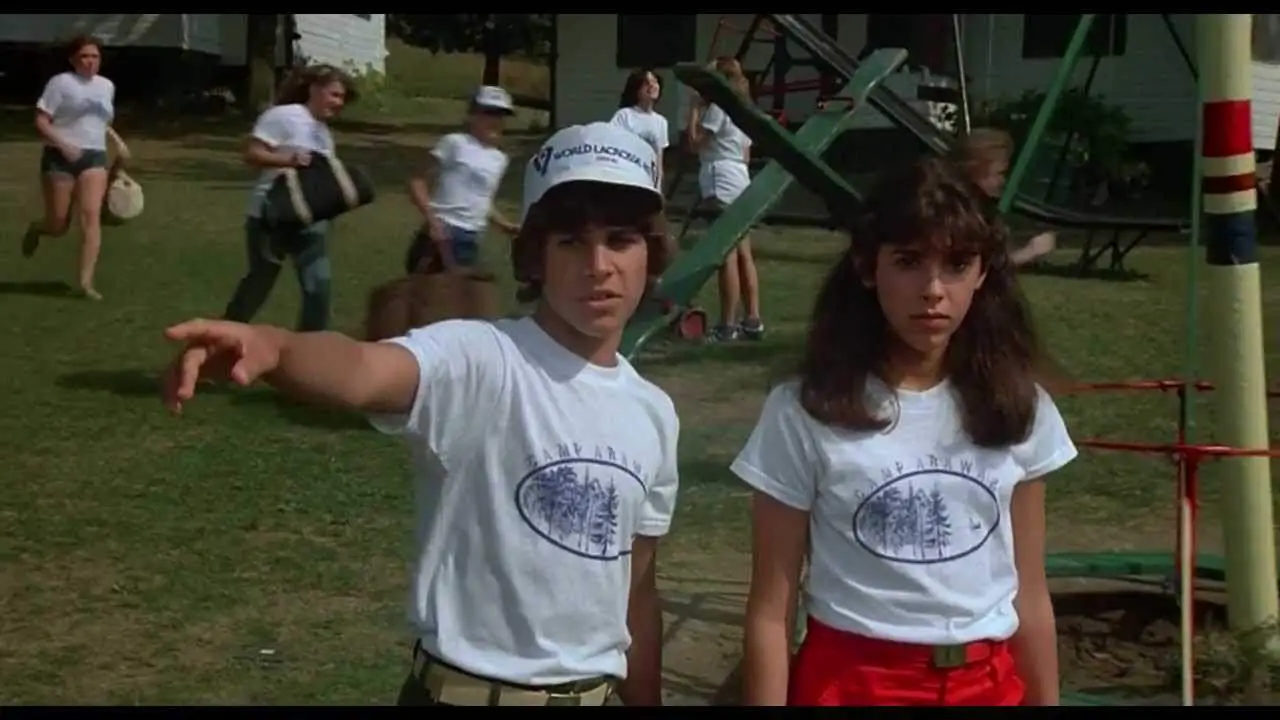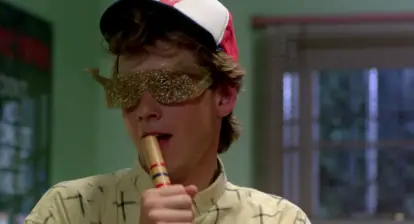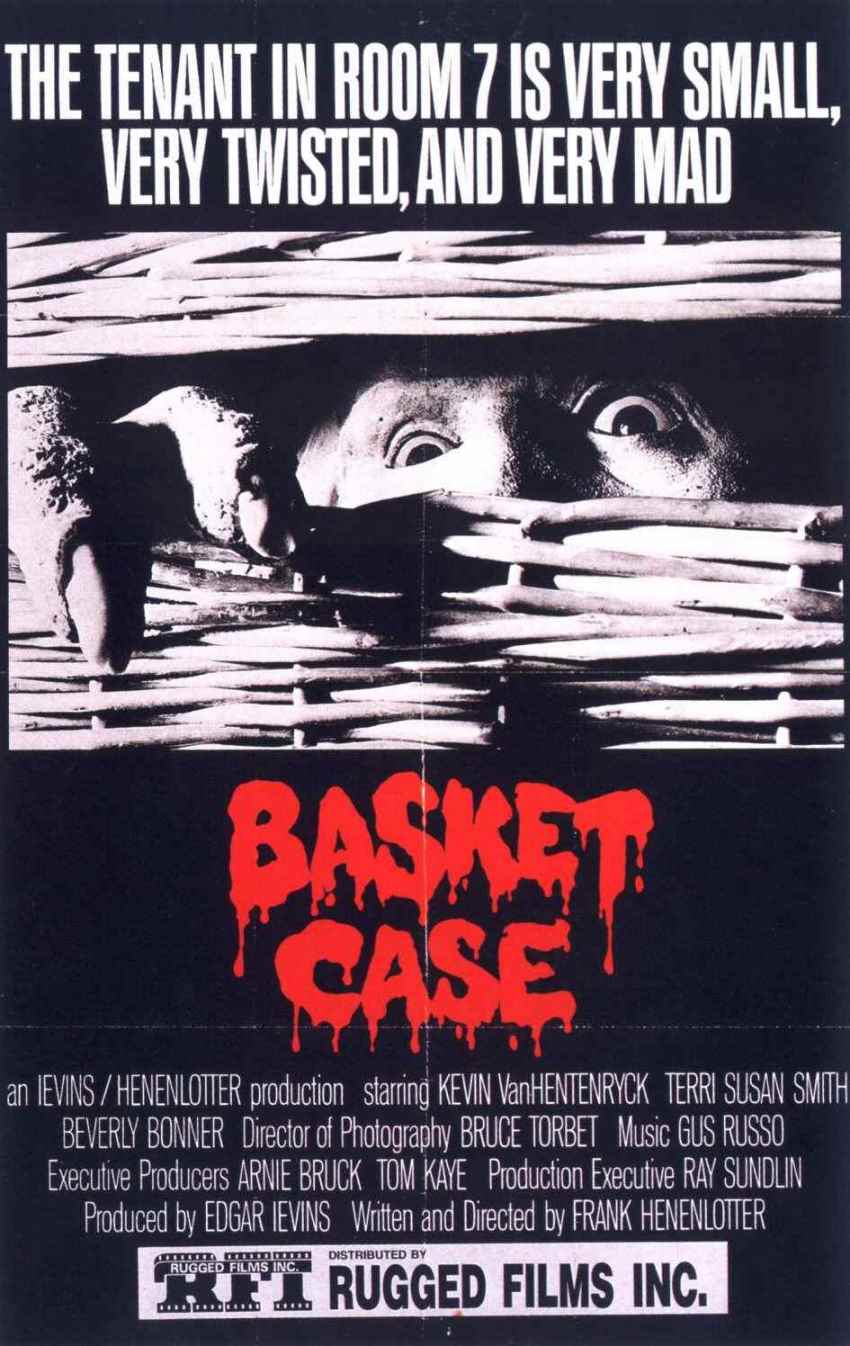For me, the most unsettling films are those that subject you to the mind of a killer and force you to follow their every move, almost as though you are an accomplice to their crimes.
I first heard of Angst (aka Fear, Schizophrenia), a controversial 1983 Austrian film, about two years ago when I was searching for gritty horror movies about murderers. Some well-known entries in this genre include Henry: Portrait of a Serial Killer and Maniac. These types of films seem to fall somewhere between slashers and crime dramas, not quite fitting the conventions of either. Instead of focusing on a group of teenagers or a team of detectives, the majority of the plot unfolds from the perspective of the killer, essentially leaving the viewer without a protagonist to root for.
While researching Angst, I was intrigued by the film’s elusiveness, as well as the reviews that proclaimed it to be a “masterpiece.” One notable fan of the film is director Gaspar Noé (Irréversible), who has been outspoken about the feature’s influence on his own work. According to Noé, the flick was banned or refused distribution in many European countries due to its violent content. In France, it was released on home video under the title Schizophrenia. It wasn’t until recently that U.S. distribution rights were acquired, and in September 2015, Cult Epics released Angst on Blu-ray with a new high-definition transfer and tons of bonus material.

Directed by Gerald Kargl, Angst is the story of an unnamed man (played by Erwin Leder) who is released from prison after serving a ten-year sentence for murder. Now a free man, he immediately feels the urge to kill again. With cinematography by Academy Award winner Zbigniew Rybczyński, the film’s camerawork is remarkably innovative; in many scenes, a camera was strapped to the actors to create a unique first-person perspective. Inspired by the true crime case of mass murderer Werner Kniesek, the plot follows the recently released man as he breaks into a home occupied by a mother, her daughter and handicapped son. Henceforth, the man’s actions are unrelentingly brutal and disturbing. Interestingly, the majority of the picture’s dialogue is confined to off-screen narration by the lead character; the stories he shares about childhood neglect, abuse and animal torture help provide context to the violence depicted on screen. To top it off, the storyline is accompanied by a pulse-pounding synth score by Klaus Schulze, who was once a member of Tangerine Dream.
Leder’s starkly realistic performance is the driving force of the feature. When analyzing the character’s actions and choices, it is important to consider possible implications of the alternate title: Schizophrenia. Schizophrenia is a mental disorder commonly characterized by psychosis (e.g., delusions and hallucinations), and psychotic serial killers tend to be disorganized and spontaneous. Throughout the film, the killer acts recklessly and impulsively, botching just about every plan he has. In the real case, Kniesek was found to be not mentally ill, so it is unclear whether or not the film character actually has schizophrenia. But either way, Leder’s portrayal of the killer is fascinating in how it subverts the stereotype of the intelligent and deceptively charming psychopath. In Angst, the killer’s chaotic nature is perfectly imperfect.
Bleak yet beautifully crafted, Angst is a must-watch film for fans of horror, disturbing cinema and art-house fare alike.
WICKED RATING: 8/10
Director(s): Gerald Kargl
Writer(s): Gerald Kargl, Zbigniew Rybczyński
Stars: Erwin Leder, Robert Hunger-Bühler, Silvia Rabenreither
Year: 1983
Studio/ Production Co: Gerald Kargl
Budget: n/a
Language: German
Length: 75 minutes
Sub-Genre: Drama/thriller
